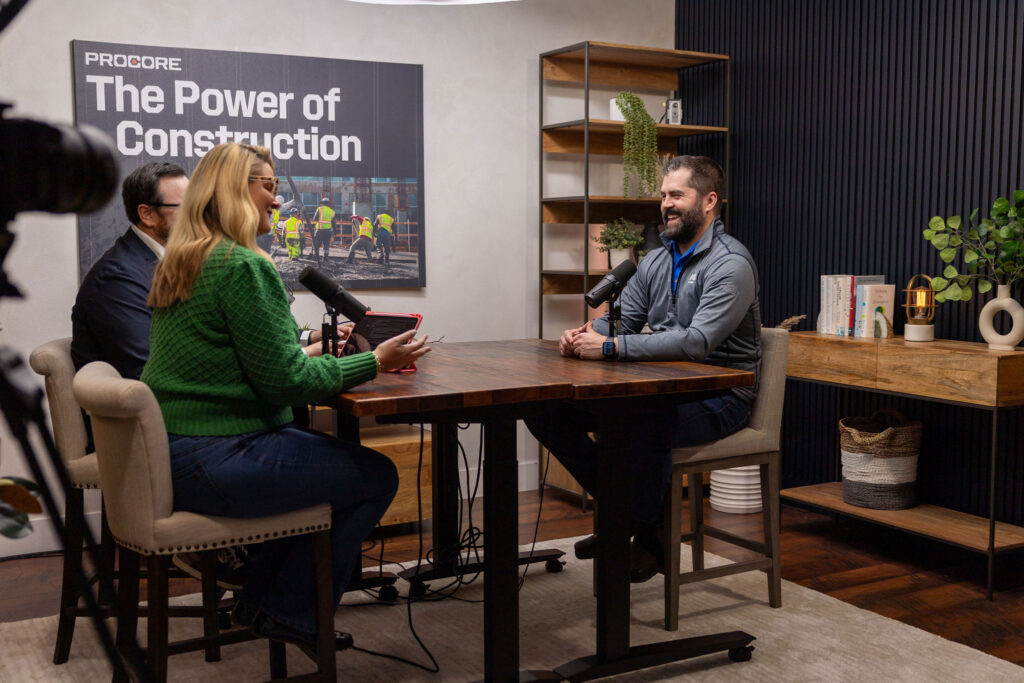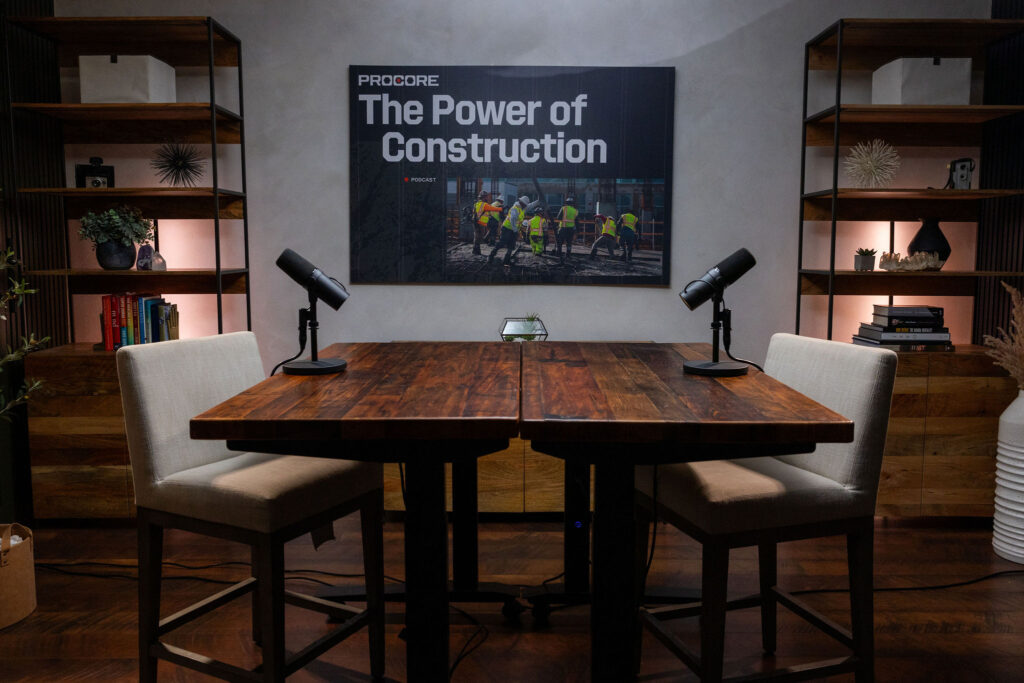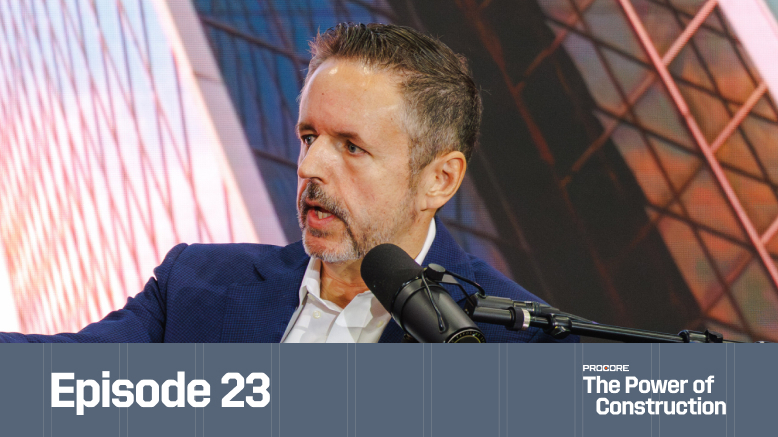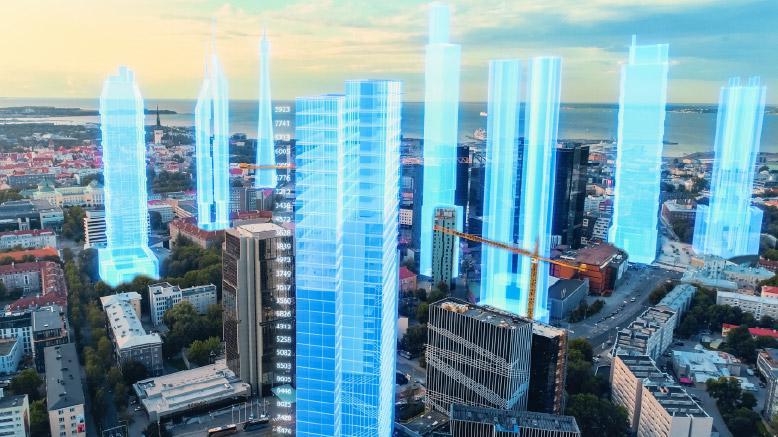Introduction: Meet Paul Hedgepath and MJ Harris Construction
Paul Hedgepath, Director of Virtual Construction at MJ Harris Construction, brings over 25 years of experience in BIM, VDC, laser scanning, drones, and reality capture. MJ Harris Construction, founded in 1995, is a premier healthcare, commercial, and institutional construction management company with over 750 projects totaling $7.2 billion in healthcare construction.
Their motto: "Everything we build endures" - reflecting their commitment to lasting buildings and relationships.
The Evolution of Construction Technology: From iPads to AI
Paul traces the journey from 2005-2006 when VDC/BIM was first introduced, with general contractors doing all the modeling work. He identifies key milestones: the iPad revolutionizing field engagement in 2012 during a 425,000-square-foot hospital build in just 10 months; 360 photos transforming progress documentation and problem identification in 2017; cloud-based systems like Procore enabling unified collaboration; and now AI emerging as the next industry changer.
Field Adoption: From Resistance to Champions
The conversation explores how field receptiveness to technology has evolved from resistance to active demand. Paul explains that once field teams experience BIM and see how it solves problems, they request it on subsequent projects.
The key is finding technology champions among superintendents - particularly those who might be unexpected early adopters - to help drive acceptance across teams.
Current State Challenges and Future Productivity Vision
Drawing from Procore's Future State of Construction report, the discussion addresses current industry pain points: 45% of projects running over budget, 20% behind schedule, and 28% of project time spent on rework.
Paul believes the transformation to AI-driven, data-driven decision-making will happen faster than the report's 8-10 year timeline, potentially within five years or less, driven by rapid improvements in AI capabilities.
Emerging Technologies: 360 Photos, Drones, and Agentic AI
Paul details current technology deployments at MJ Harris, including 360 photos for progress documentation and problem identification, DroneDeploy integrated with Air for site monitoring, and agentic AI helping with tasks like RFI verification and drawing coordination.
He emphasizes how these technologies are moving from experimental to standard practice, with AI currently in the "trust phase" similar to BIM 20 years ago.
Robotics: From Novelty to Necessary Tools
The conversation explores robotics adoption, from Boston Dynamics' robot dogs to rental services like Teleworker AI with Unitree robots for site imaging.
Paul predicts that within five years, robotics will transition from marketing novelties to essential tools, driven by decreasing hardware costs (humanoid robots now around $19,000) and the ability to provide consistent, frequent data capture that human field engineers might not have time for.
Technology Integration and Standard Operating Procedures
Paul emphasizes the importance of systematic technology deployment through project-specific SOPs and kickoff meetings. Each project receives a customized technology stack based on specific challenges identified through collaboration with field teams.
This approach ensures technology adoption is driven by construction needs rather than novelty, with all decisions logged in Procore as project-specific SOPs.
Data-Driven Decision Making: Moving Beyond Gut Instinct
The discussion addresses construction's historical reliance on gut instinct and loud personalities for decision-making. Paul describes how BIM meetings led by experienced superintendents now involve calm, data-informed decisions with time for proper evaluation.
The key factors are having both quality data and sufficient time to analyze it, moving away from rushed decisions made under pressure.
The Future of Design: Democratizing the Master Builder Role
Paul envisions AI enabling contractors to play much larger roles in design constructability, potentially returning to a "master builder" approach. He predicts that AI will analyze schematic designs against historical project data, while enabling superintendents and trade partners to provide real-time input through streamlined software interfaces.
This integration will happen sooner than expected, driven by technology making collaboration easier.
BIM Collaboration and Accountability Through Data
Paul shares his transformation from BIM coordination skeptic to advocate after experiencing Procore's BIM collaboration tools on the UAB Genomics project. He emphasizes how recording coordination decisions creates accountability and transparency, while democratizing access to model data across project teams.
This process integrates contractors more deeply into design decisions while capturing valuable as-built optimization data.
Wearables: Ready for Prime Time
Based on successful XR-10 trials five years ago where field workers said they would "use this every day," Paul believes construction is finally ready for wearables. He anticipates Meta's evolving technology will soon provide safety glasses tethered to phones, offering contract documents, building codes, and AI-powered on-the-job training.
This addresses the labor shortage by accelerating skill development through augmented reality guidance.
Lessons Learned and Knowledge Transfer
Paul discusses the challenge of capturing and transferring knowledge across projects and personnel changes. While knowledge transfer between finished and starting projects occurs, he acknowledges it needs improvement.
The goal is creating systematic ways to capture lessons learned beyond individual memory, ensuring institutional knowledge survives personnel transitions and benefits future similar projects.
Timeline Predictions: Hardware vs. Software Evolution
Paul predicts different adoption timelines for various technologies: AI developments happening rapidly and unpredictably, potentially within months; hardware solutions like robotics reaching commonplace adoption in about 10 years; and data-driven decision making processes evolving somewhere in between.
He emphasizes uncertainty around AI timelines due to the exponential pace of improvement in base models.
Rapid-Fire Questions: Paul's Insights and Recommendations
Book Recommendation: "Getting Big Things Done" - recommended by a colleague for assistant PMs, PMs, and VDC professionals, covering planning successes and failures across various industries from Sydney Opera House to Pixar.
Gaining Different Perspectives: Asking field workers directly about technology value and consulting industry peers about their experiences before trying new solutions.
Advice to Younger Self: "Take more risks, try more things, and not worry so much about end results" (plus buy Nvidia, Apple, Amazon, and Bitcoin).
Future Shaping Innovation: AI - "that's going to shape everything that we do."
Industry Taglines: "Construction is controlled chaos" and ChatGPT's suggestions: "Built on caffeine, duct tape, and sheer will" and "Measure twice and change order once."
Key Quotes
"We're starting to see this evolution of Meta. There's some exciting stuff coming out with them, to where this stuff's getting smaller, cheaper, to where eventually we're gonna have safety glasses tethered to our phones." – Paul Hedgepath
"Everything we build endures. Whether it's just a building that we're building or a relationship with an owner, we want to make sure that everything we cultivate and build is enduring." – Paul Hedgepath
"Once they start to see the benefit, then they're asking for it. But there always has to be that first one, right? There has to be that first trial." – Paul Hedgepath
"It's accountability—anything, right? Because you're capturing things, we're making decisions, and then we are becoming designers to some aspect." – Paul Hedgepath
"Construction is controlled chaos... Built on caffeine, duct tape, and sheer will." – Paul Hedgepath (with ChatGPT assist)










